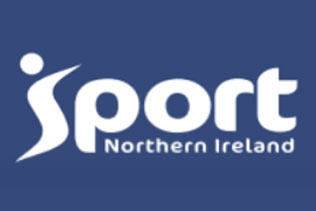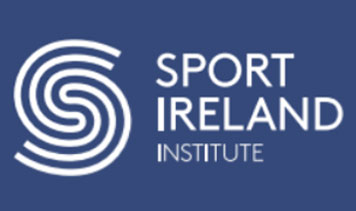Athetosis
| Description: Athletes have continual slow involuntary movements. |
Example: Cerebral palsy, traumatic brain injury, stroke
Hypertonia
| Description: Athletes have an increase in muscle tension and a reduced ability of a muscle to stretch caused by damage to the central nervous system. |
Example: Cerebral palsy, traumatic brain injury, stroke, multiple sclerosis
Ataxia
| Description: Athletes have uncoordinated movements caused by damage to the central nervous system. |
Example: Cerebral palsy, traumatic brain injury, stroke, multiple sclerosis, spinocerebellar ataxia, Friederichs’ ataxia.
Sports available:
The following sports are eligible for athletes with athetosis, hypertonia or ataxia. Click on the sport for further sport-specific classification information.
Having an eligible impairment is not enough to be considered eligible for Para sport. Athletes also must meet the minimum impairment criteria for the sport which is set by the International Federations and aims to define how severe an impairment must be for an athlete to be considered eligible.









